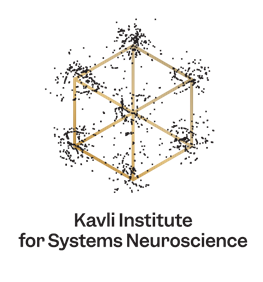Project 2: Mohn Research Center for the Brain
Project 2: Tuning retinal microcircuits for vision in starlight, twilight and daylight: the role of NMDA and dopamine receptor-mediated gap junction plasticity
Background
During a day and night cycle, our eyes are exposed to intensities of light that vary by a factor of 1010. Our vision is fully operative throughout this range, despite the fact that the spike rate of retinal ganglion cells varies by a factor of only 102. This is made possible through photoreceptor adaptation and by functional optimization of different pathways and synaptic circuits in the retina. The focus is to investigate the mechanisms that regulate the strength of gap junction coupling of a specific type of retinal inhibitory interneuron, the so-called AII amacrine cell, that plays a central role in visual signal processing in starlight, twilight, and daylight. The connexin 36 (Cx36)-containing AII gap junctions function as electrical synapses, both to transfer visual signals and for noise reduction. The strength of electrical coupling between AII amacrines seems to vary between light- and dark-adapted conditions, potentially mediated by regulating the phosphorylation of Cx36 via activation of colocalized NMDA receptors. In addition, dopamine, released from specific amacrine cells, has been implicated as an important chemical messenger for light adaptation.
Research question
Does activation of NMDA receptors regulate the phosphorylation of Cx36 and change the strength of electrical coupling between AII amacrine cells? If so, what are the intracellular mechansms that link activation of the NMDA receptors and phophorylation of Cx36? How is the global neuromodultor dopamine involved?
Objectives and methods
To investigate these questions, we will use electrophysiological recording and two-photon microscopy of neurons in live retinal tissue. Two-photon uncaging will be used to activate glutamate receptors with high spatial and temporal precision and biosensors will be used to report on the activation levels of specific enzymes involved in different intracellular signal transduction pathways.



